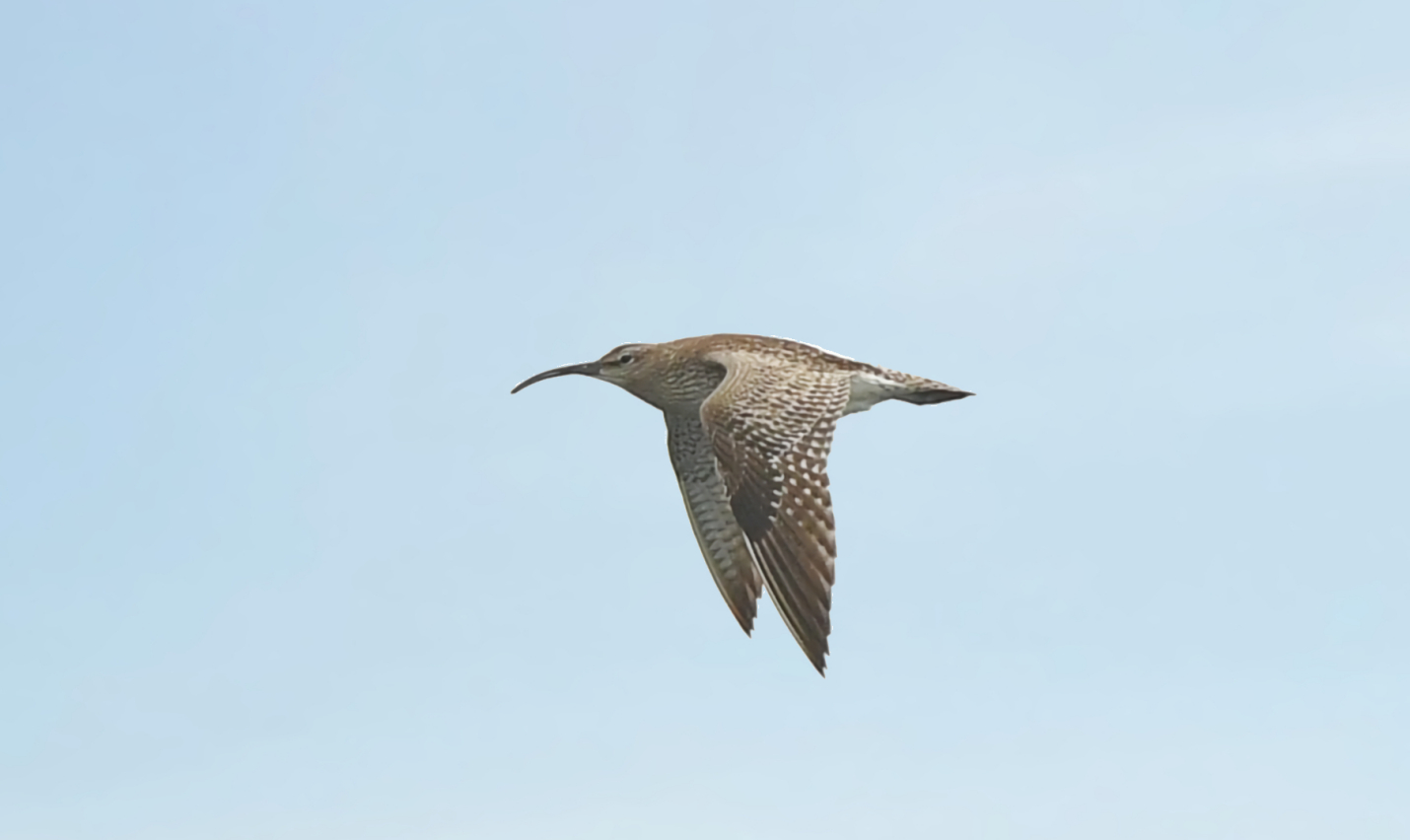My monthly Webs count count at East Haven on a milky afternoon where some late migrant waders were still going north, and a few Curlews and a Redshank look to be staying.
The paras below are article titles from this weeks BirdGuides email, very depressing reading with only the last one giving any hope.
It's the end of the world as we know!
It's the end of the world as we know!
Global bird populations in steady decline
Staggering declines in bird populations are taking place around the world, a team of scientists from multiple institutions has concluded, who have published a study in the journal Annual Review of Environment and Resources. Loss and degradation of natural habitats and direct overexploitation of many species are cited as the key threats to avian biodiversity, while climate change is identified as an emerging driver of bird population declines.
The findings mirror the results of a seminal 2019 study which determined that nearly three billion breeding birds have been lost during the past 50 years across the United States and Canada. The lead author of that study is also an author of this global status report.
"After documenting the loss of nearly three billion birds in North America alone, it was dismaying to see the same patterns of population declines and extinction occurring globally," says conservation scientist Ken Rosenberg from the Cornell Lab, now retired. "Because birds are highly visible and sensitive indicators of environmental health, we know their loss signals a much wider loss of biodiversity and threats to human health and well-being."
Surveys of the largest Leach's Storm Petrel colonies in the north-east Atlantic have found them to be in rapid decline.
The findings mirror trends observed elsewhere in the species' range. The biggest Leach's Storm Petrel colonies are in Newfoundland, Canada, where huge population declines have occurred – the largest colony declined by 42% over 29 years, equating to the loss of more than a million breeding pairs.
To investigate how the species was faring in the north-east Atlantic, fieldwork was carried out in June 2018 on the island of Elliðaey, in Iceland's Vestmannaeyar archipelago, and then on St Kilda, Outer Hebrides, in June-July 2019. The latter had not been surveyed fully for the species since the summers of 1999 and 2000.
A citizen science project has found that the abundance of flying insects in the UK has plummeted by nearly 60% over the last 17 years.
The findings of the 2021 Bugs Matter survey highlight a worrying trend and the crucial need for insect-focused conservation research nationwide.
The results, which have been published in a report, show that the number of insects sampled on vehicle number plates by citizen scientists across the UK reduced by a staggering 59% between 2004 and 2021. These findings are consistent with research which has widely reported declining trends in insect populations globally.
A member of the public contacted the Royal Society for the Prevention of Cruelty to Animals (RSPCA) on 1 May after they watched a teenager throwing a gosling at its parents at Clapham Common, London, on the pond near The Windmill pub at about 7.10 pm.
The witness described a male teenager who was seen throwing the chick at the parents then pretending to 'box' with the two Canada Geese, which had become very distressed and were trying to protect their young. A female teenager was also seen filming the incident on her phone.
The Manx Wildlife Trust (MWT) has fenced off a large section of the upper beach at Cronk y Bing Nature Reserve, near Andreas, to minimise disturbance to its nesting Ringed Plovers.
Curlew
Whimbrel for comparison
Ringed Plover and Turnstone
Ringed Plover
Dunlin
Dunlin
Sandwich Terns
Sanderlings
Turnstones and Ringed Plover
Greenfinch, not often seen on the beach but I have seen them at East Haven, and West Links and Victoria Park, Arbroath











No comments:
Post a Comment